World War I Armistice Day, commemorated on November 11, marks one of modern history’s most significant turning points.
This date symbolises not only the end of brutal hostilities that scarred an entire generation but also the beginning of a tradition of remembrance.
From the trenches of Europe to towns and cities around the globe, the Armistice signalled both relief and profound reflection.
Today, as we look back, the significance of that moment grows clearer—its impact resonating through generations, reminding us of both the price of war and the power of peace.
Background of the World War I Armistice Day
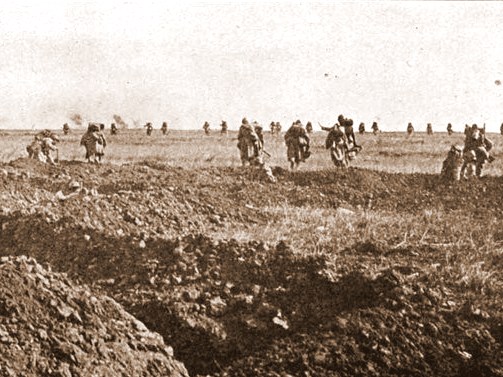
In 1914 Germany invaded the north of France through Belgium. The warring parties established a Western Front across the north of France.
For almost four years, France and her allies fought against the advance of Germany.
In November 1918, Germany was considered defeated. Although France was victorious, WWI was a defeat for the country.
Statistics show the vast extent of the tragedy:
- more than 1,400,000 soldiers and civilians were killed,
- over 3 million were hurt,
- the rich départements of the North devastated,
- the mines in Nord-Pas-de-Calais were made unusable, and the factories were destroyed.
World War I Armistice Day or the Armistice of Compiègne
On 11 November 1918, the Entente Powers (France and Britain) signed an agreement with Germany.
Although the Allied generally used the terms ‘Victory’ and ‘defeat’ for Germany, it is essential to note that Germany did not surrender.
The warring parties agreed to a ceasefire to come into effect at 11 am on 11 November 1918:
“the eleventh hour of the eleventh day of the eleventh month”.
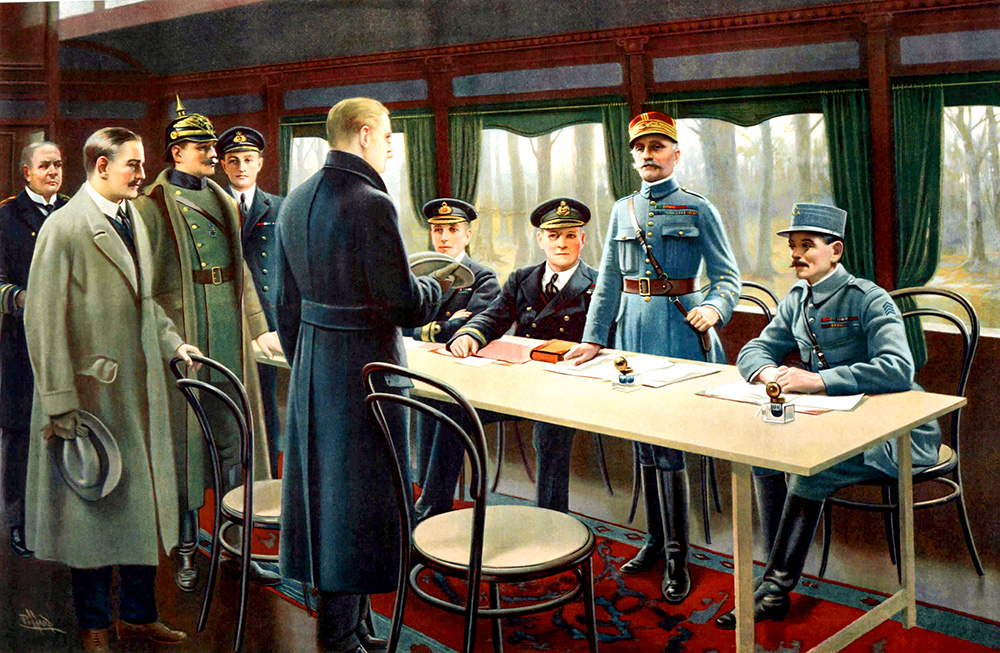
This painting by an unknown author shows from left to right:
- German Admiral Ernst Vanselow,
- Count Alfred von Oberndorff (1870 – 1963) of the German Foreign Ministry,
- German army general Detlof von Winterfeldt (with the helmet),
- British Royal Navy Captain Jack Marriott (Naval Assistant to the First Sea Lord),
- Matthias Erzberger, head of the German delegation Center party member of the Reichstag (1875 – 1921),
- British Rear-Admiral George Hope (Deputy First Sea Lord),
- Admiral of the British Fleet Sir Rosslyn Wemyss (First Sea Lord),
- in standing position Marshal of France Ferdinand Foch (1851 – 1929), and
- French general Maxime Weygand (1867 – 1965).
The photo below was taken on 11 November 1918 at about 5.30 am, just after the signing of the treaty, at the exit of the ‘Armistice Car’: from left to right in the foreground, British Admiral Hope, General Weygand, British Admiral Wemyss, Marshal Foch (with cane and kepi), Captain Marriott of the Royal Navy.

The signature of the Treaty of Versailles
Until the Treaty of Versailles was signed on June 28, 1919, the two sides were still in a formal state of war.
The Treaty of Versailles, signed in the prestigious Hall of Mirrors of the Palace, officially terminated the war.
It requested that Germany give back Alsace and the département of Moselle to France.
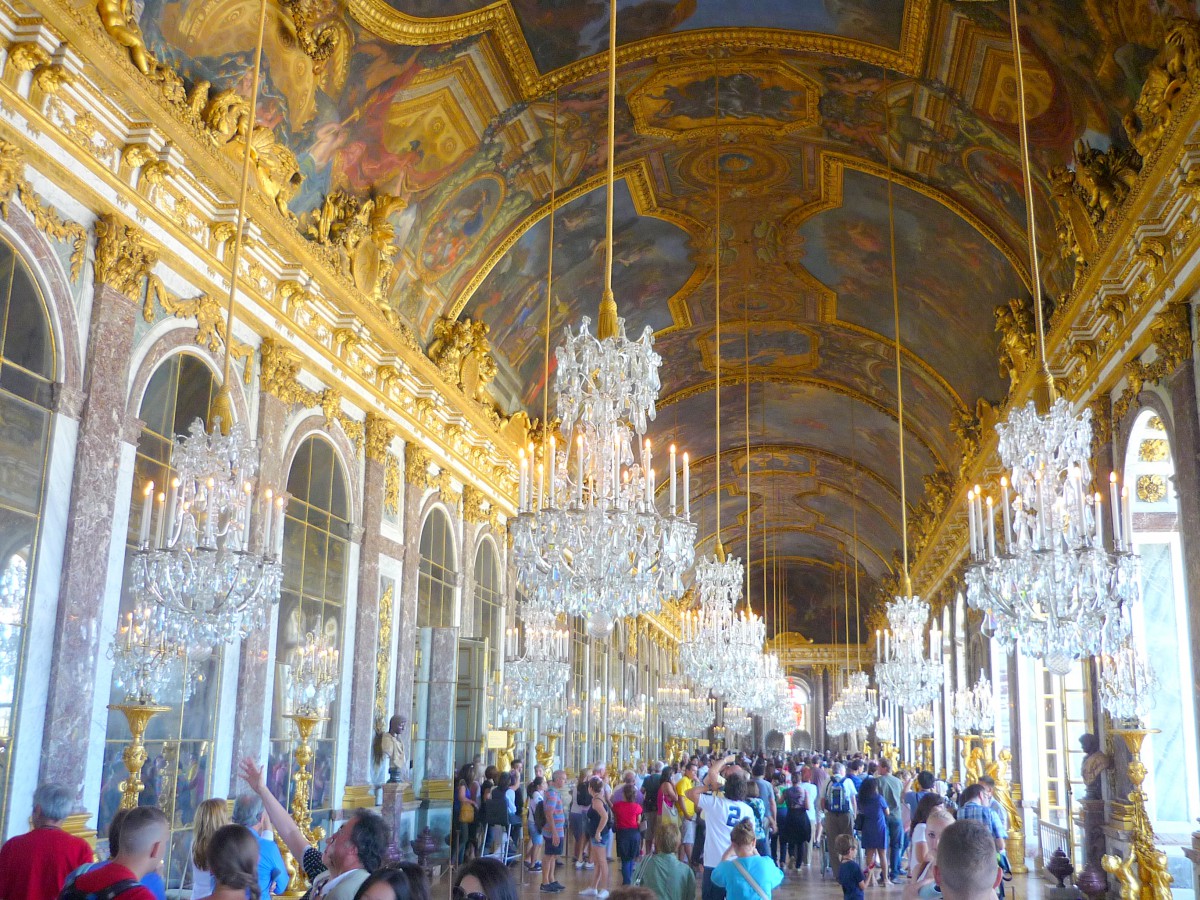
It was torn up by Adolf Hitler when he became dictator of Germany in the 1930s, for the conditions of the Treaty were deliberately set out to humiliate Germany.
The Glade of the Armistice
![Armistice Clearing at Rethondes © FCY - licence [CC BY-SA 3.0] from Wikimedia Commons](https://frenchmoments.eu/wp-content/uploads/2013/11/Armistice-Clearing-©-FCY-licence-CC-BY-SA-3.0-from-Wikimedia-Commons-1-1.jpg)
The Armistice Clearing or Glade of the Armistice lies in the forest of Compiègne, 7 km from the centre of Compiègne near the hamlet of Le Francport.
It is known in French as “la Clairière de l’Armistice” or “la Clairière de Rethondes” from the name of the nearby village.
The green and sandy clearing is the historic site of the signature of the WWI Armistice, which took place on November 11, 1918.
During WWI, the clearing was used as a rail siding for rail-mounted artillery.
The French secretly assembled Foch’s private train at Rethondes for the Armistice meeting.
The warring parties met on a special railcar that belonged to Napoleon III.
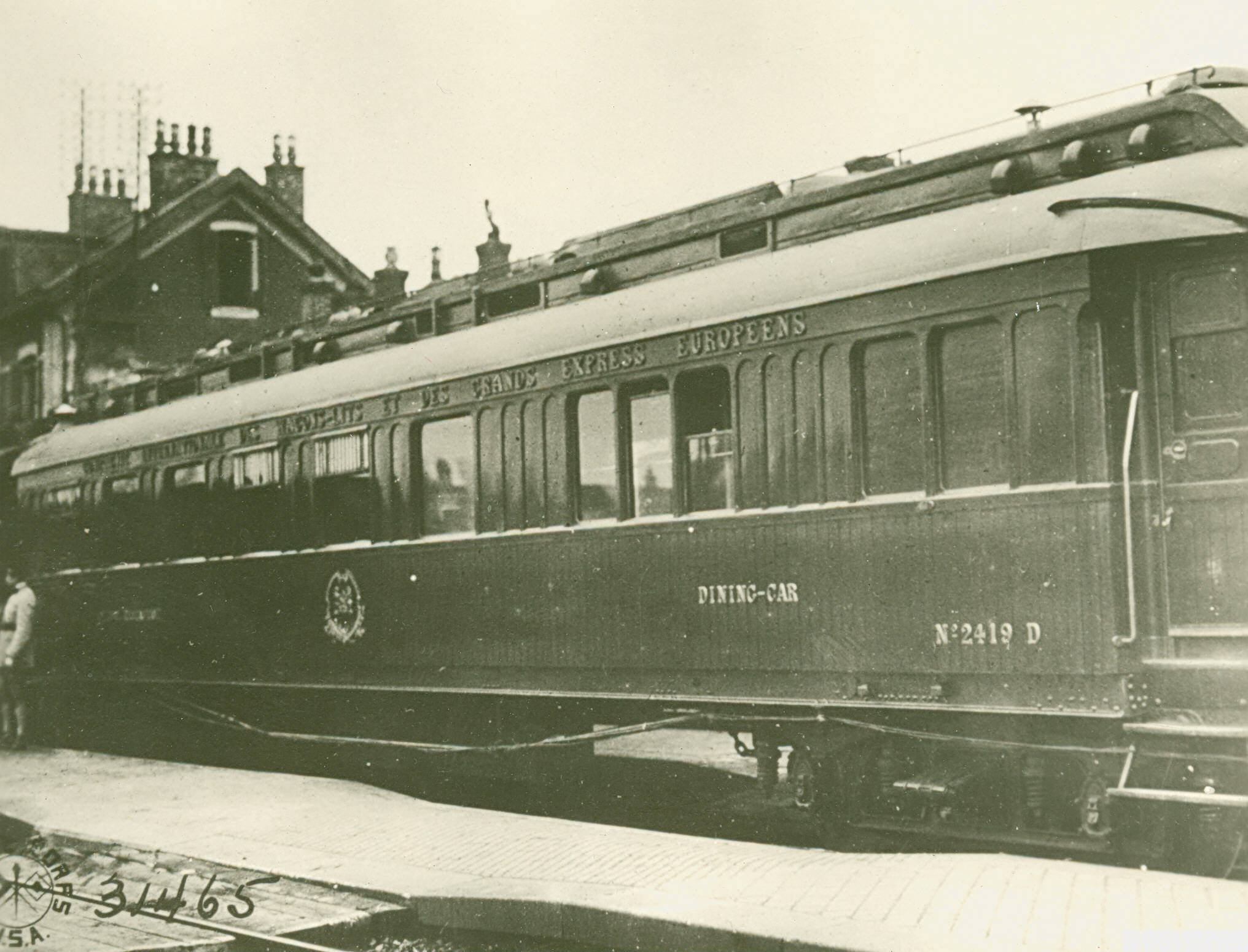
The train carriage in which the belligerents signed the armistice became known as:
- Compiègne Wagon (in English)
- Wagon de l’armistice (in French)
- Wagen von Compiègne (in German)
The curious destiny of the historic car
Following the Battle of France (10 May-22 June 1940), Hitler had the French sign their capitulation inside the same railcar and on the same spot on the 22nd of June 1940.
This photo was taken on 22 June 1940.
From left to right, it shows Joachim von Ribbentrop, Walther von Brauchitsch, Hermann Göring, Rudolf Hess, and Adolf Hitler in front of the Armistice railcar.

On 24 June 1940, the Germans brought the historic car by road to Berlin.
There, the authorities displayed it for a week in front of the Brandenburg Gate and then to the Lustgarten, where the population could visit it and contribute to German Relief.
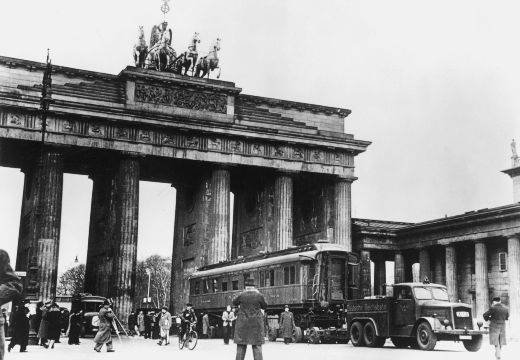
Evacuated from Berlin in 1944, the car was sheltered in Thuringia, near Ruhla and then in Ohrdruf.
In April 1945, on Hitler’s orders, the SS burnt it in Crawinkel as the Allied troops approached.
In 1950, a similar car from the same 1913 series replaced the missing one. It is on display in the Armistice Museum.
The car’s interior is an exact recreation of the armistice wagon, with various memorabilia of Marshal Foch.
![WWI Armistice Train © Superikonoskop - licence [CC BY-SA 4.0] from Wikimedia Commons](https://frenchmoments.eu/wp-content/uploads/2013/11/Armistice-Train-©-Superikonoskop-licence-CC-BY-SA-4.0-from-Wikimedia-Commons-scaled.jpg)
After the fall of the Berlin Wall and German reunification (Ohrdruf was in the former GDR), it was discovered that some of the carriage’s remains that had not burned down had been recovered by local people (the coat of arms of the railway company, the letters on the carriage, and the hand-me-down in the carriage).
They were donated to the Compiègne Forest Memorial in 1992.
The Foch statue
The memorial site also includes a statue of Marshal Ferdinand Foch (1937).
It was spared during Hitler’s orchestrated destruction of the clearing in June 1940.
It was even protected by wooden formwork during the explosives’ demolition of the building that housed the wagon.
The British, French, and Polish flags remind visitors that Ferdinand Foch was Marshal of Britain, France, and Poland.
![Statue of Foch © Jean de l'Auxois - licence [CC BY-SA 4.0] from Wikimedia Commons](https://frenchmoments.eu/wp-content/uploads/2013/11/Statue-of-Foch-©-Jean-de-lAuxois-licence-CC-BY-SA-4.0-from-Wikimedia-Commons-scaled.jpg)
The Alsace-Lorraine Memorial
Before arriving at the clearing stands a monument dedicated to the liberators of Alsace-Lorraine.
The Alsace-Lorraine Memorial is the work of Edgar Brandt, an ironworker who was partly Alsatian through his grandparents.
It represents an eagle upside down, pierced by a sword with this dedication inscribed on the base:
“To the heroic soldiers of France, defenders of the Fatherland and the Law, glorious liberators of Alsace and Lorraine”.
![Alsace-Lorraine monument Glade of the Armistice © Fab5669 - licence [CC BY-SA 4.0] from Wikimedia Commons](https://frenchmoments.eu/wp-content/uploads/2013/11/Alsace-Lorraine-monument-Glade-of-the-Armistice-©-Fab5669-licence-CC-BY-SA-4.0-from-Wikimedia-Commons-scaled.jpg)
The location of the historic railcar
A memorial slab marks the exact location of the original railcar used for the Armistice meeting.
A commemorative plaque reads in French:
“Here on the eleventh of November 1918 succumbed the criminal pride of the German Reich… vanquished by the free peoples which it tried to enslave.”
![Armistice Clearing - site of Foch railcar © FCY - licence [CC BY-SA 3.0] from Wikimedia Commons](https://frenchmoments.eu/wp-content/uploads/2013/11/Armistice-Clearing-site-of-Foch-railcar-©-FCY-licence-CC-BY-SA-3.0-from-Wikimedia-Commons-1-1.jpg)
World War I Armistice Day and the Forest of Compiègne
![Compiègne Forest © P.poschadel - licence [CC BY-SA 3.0] from Wikimedia Commons](https://frenchmoments.eu/wp-content/uploads/2013/11/Compiègne-Forest-©-P.poschadel-licence-CC-BY-SA-3.0-from-Wikimedia-Commons-1-1.jpg)
The Armistice Clearing is located in the vast and ancient forest of Compiègne, which extends over 14,414 hectares between Compiègne and Pierrefonds, some 60 km north of Paris.
It is located entirely in the Picardy region and comprises oaks, beech, and hornbeams.
With a succession of hills, streams and valleys, Compiègne forest offers kilometres of tracks for ramblers and cyclists.
The grand royal Palace of Compiègne and its extensive gardens are located at the forest’s western edge.
![Compiègne Palace © Vifdor - licence [CC BY-SA 3.0] from Wikimedia Commons](https://frenchmoments.eu/wp-content/uploads/2013/11/Compiègne-Palace-©-Vifdor-licence-CC-BY-SA-3.0-from-Wikimedia-Commons.jpg)
WWI Memorials in France
War Memorials commemorating the events and casualties of WWI were erected in thousands of villages and towns throughout France.
It is estimated that 36,000 memorials were set up in France between 1920 and 1925.
The memorials are often found at the centre of a critical town square and inscriptions read “à nos morts” (to our dead).
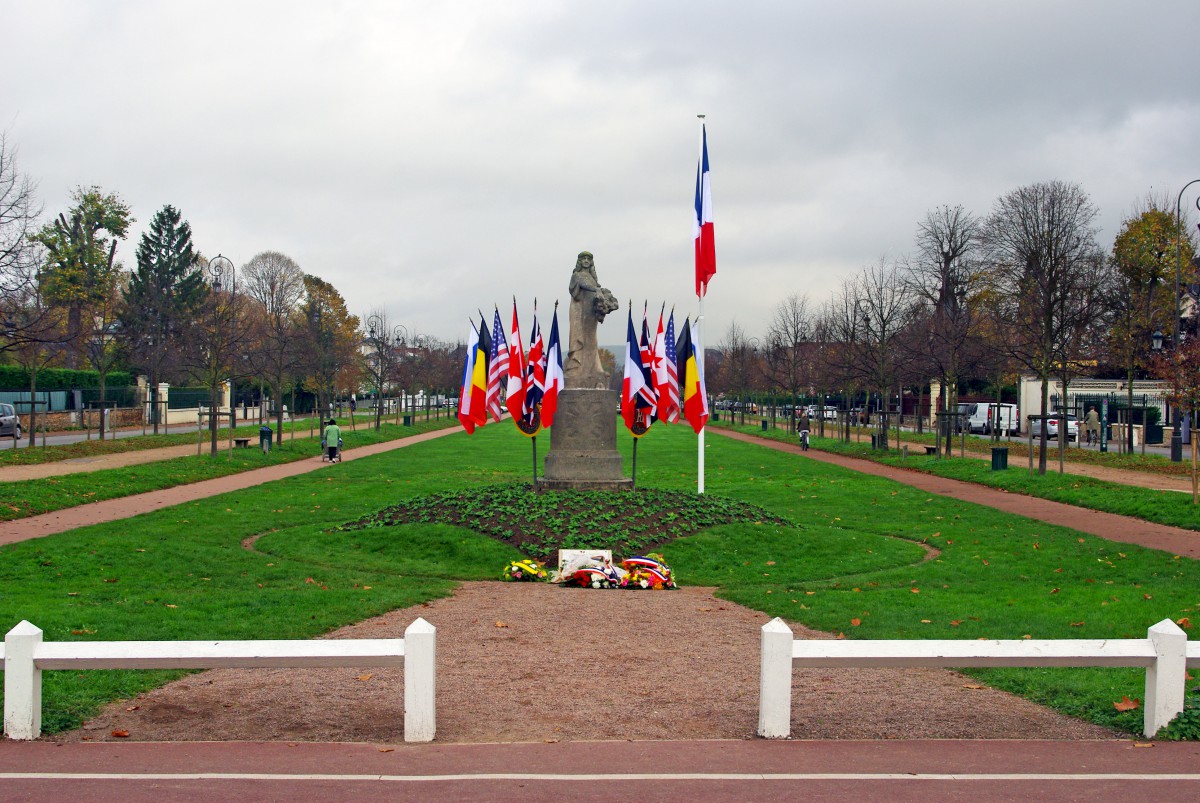
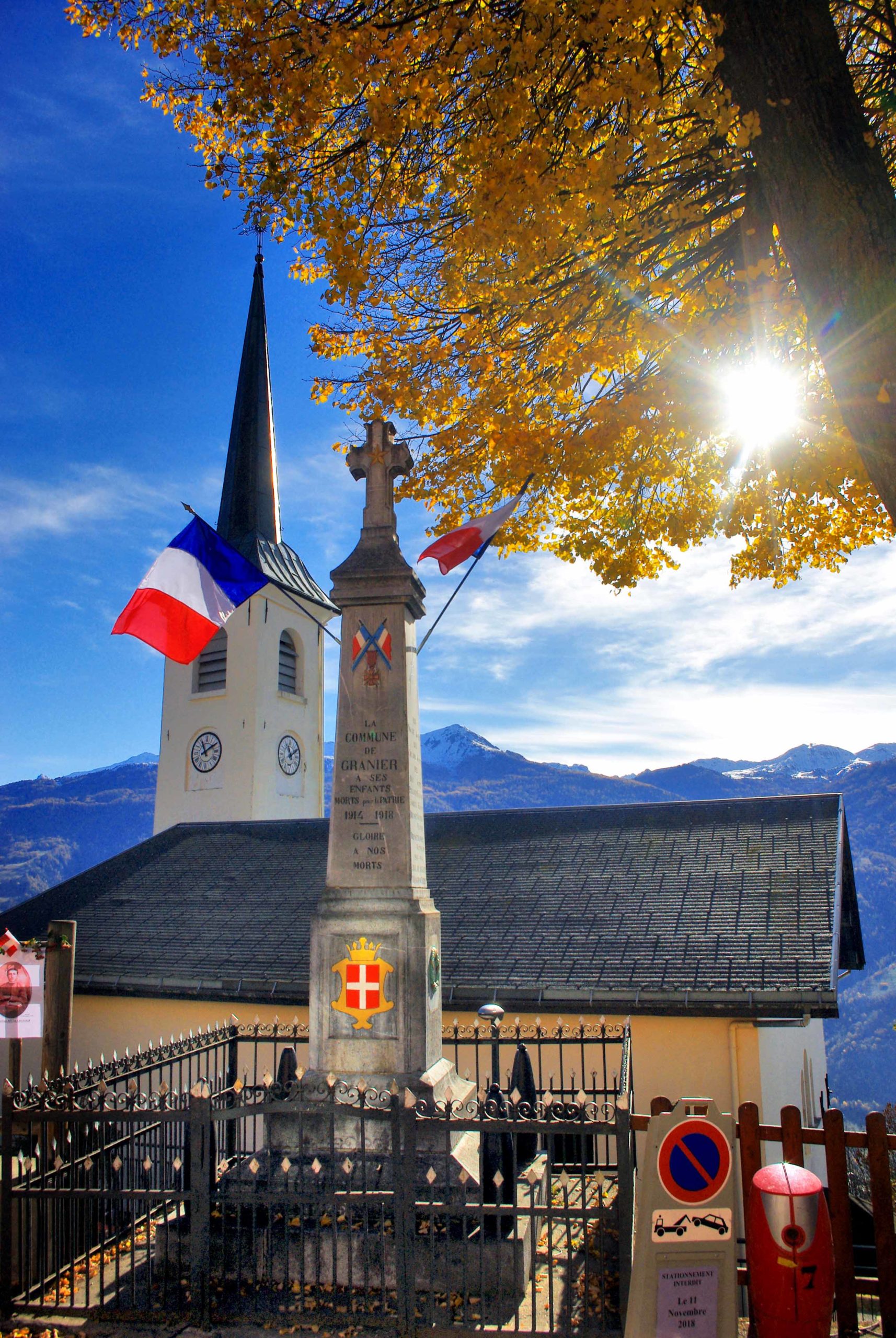
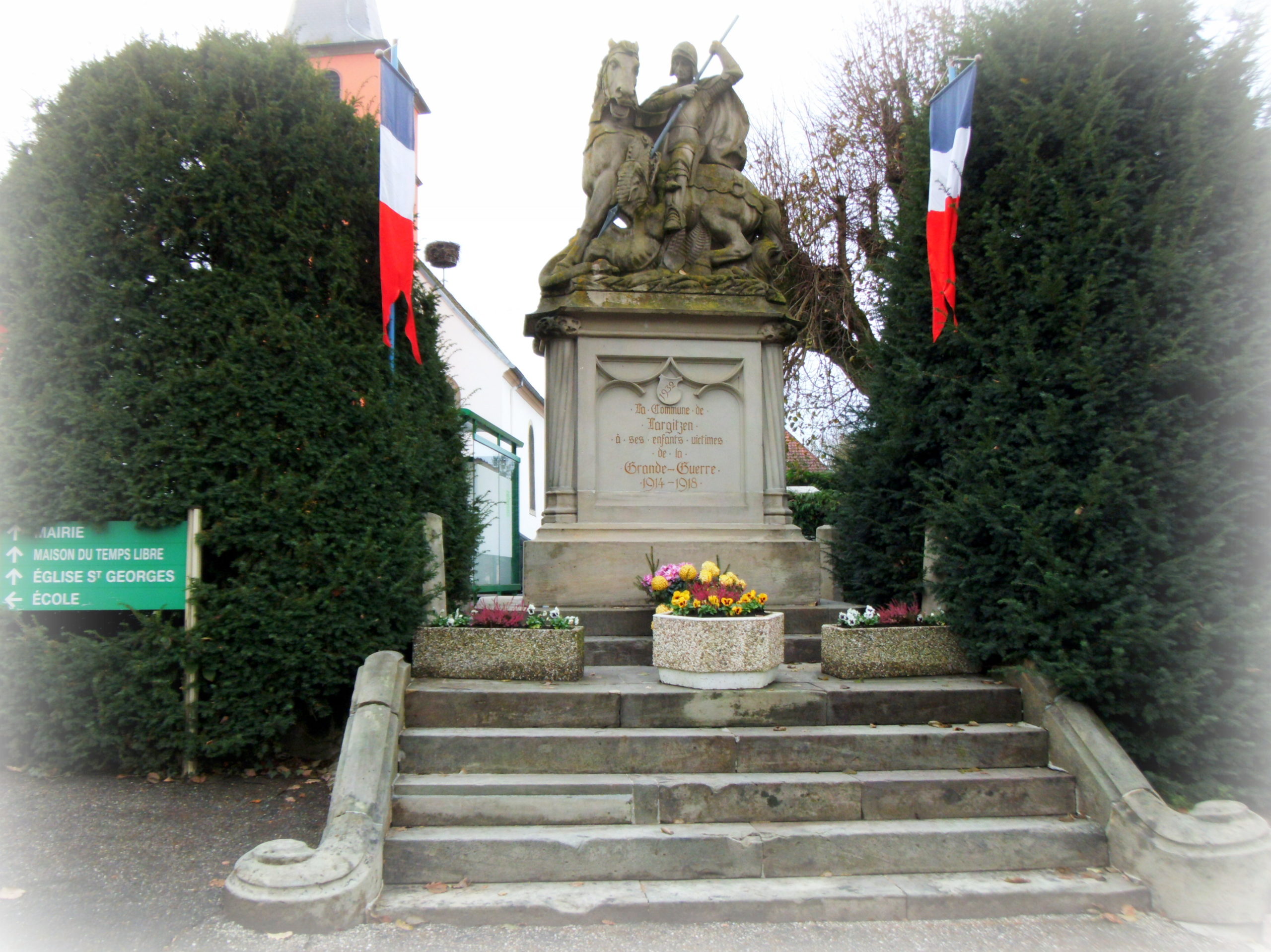
WWI Commemorations
In many cases, these monuments also bear the names of soldiers killed during WW2.
On the morning of November 11th, the mayors, local authorities, and occasionally military dignitaries pay tribute to those fallen during the two World Wars at the memorials.
They assemble to place a wreath of blue, white, and red flowers on the town’s memorial.
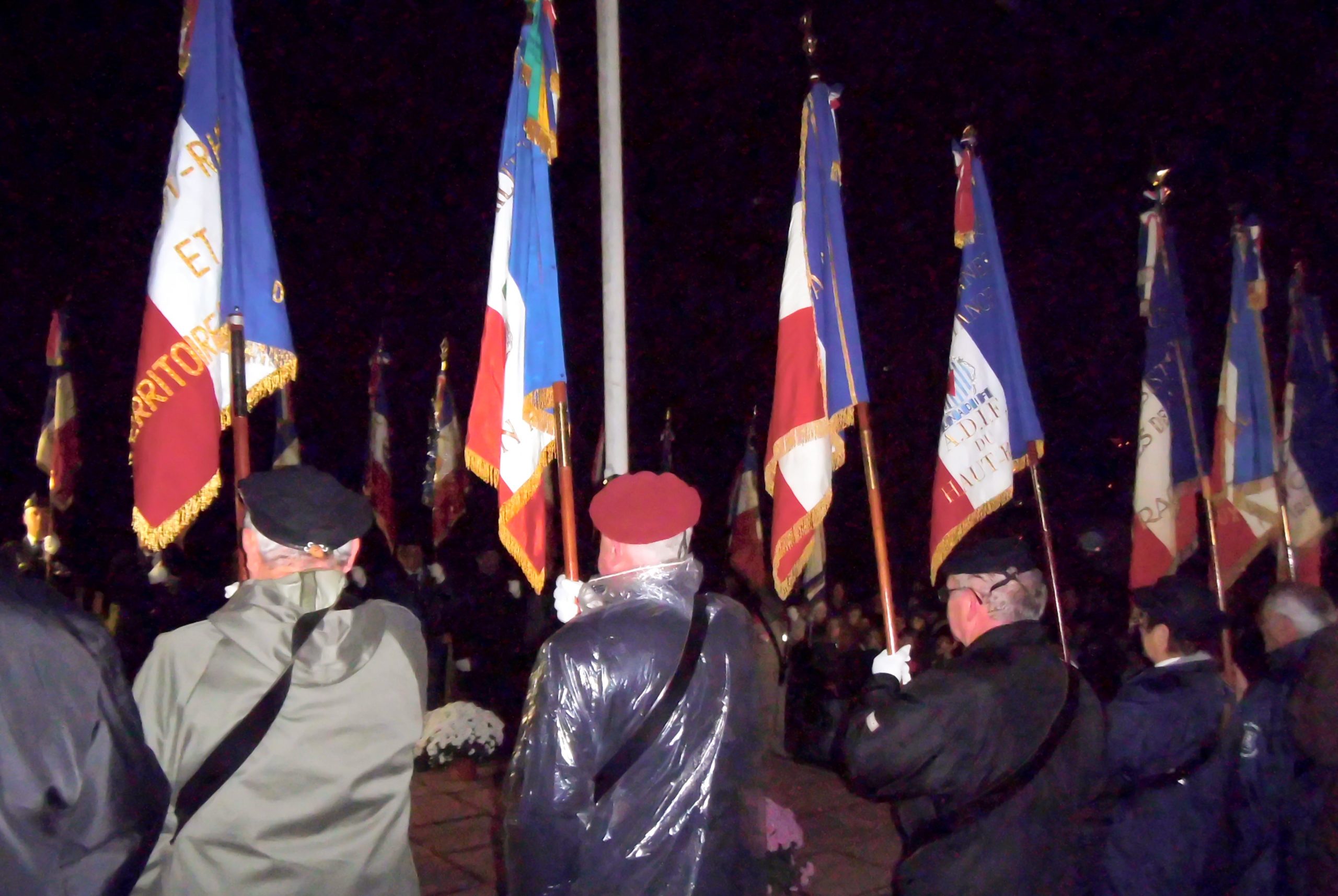
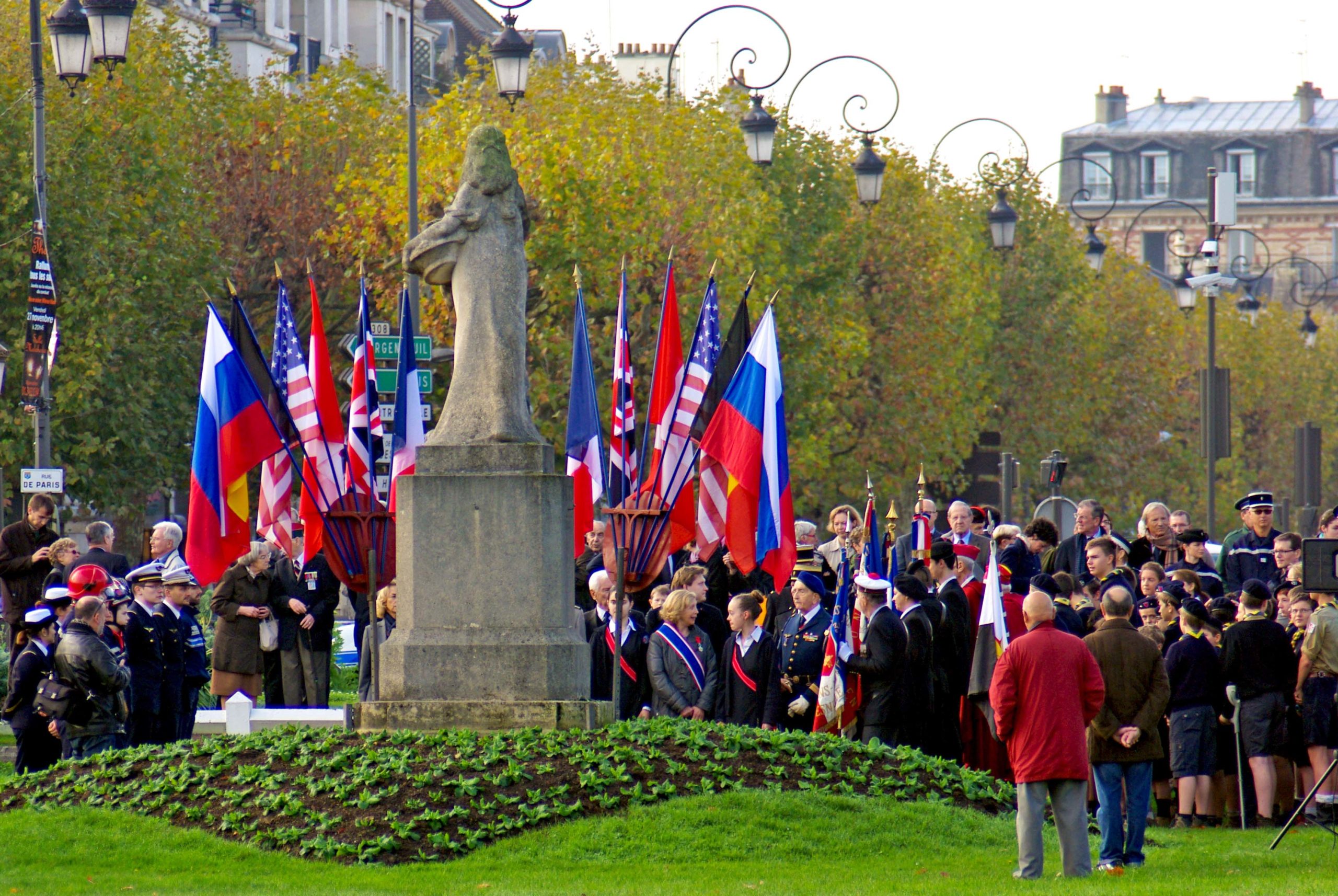
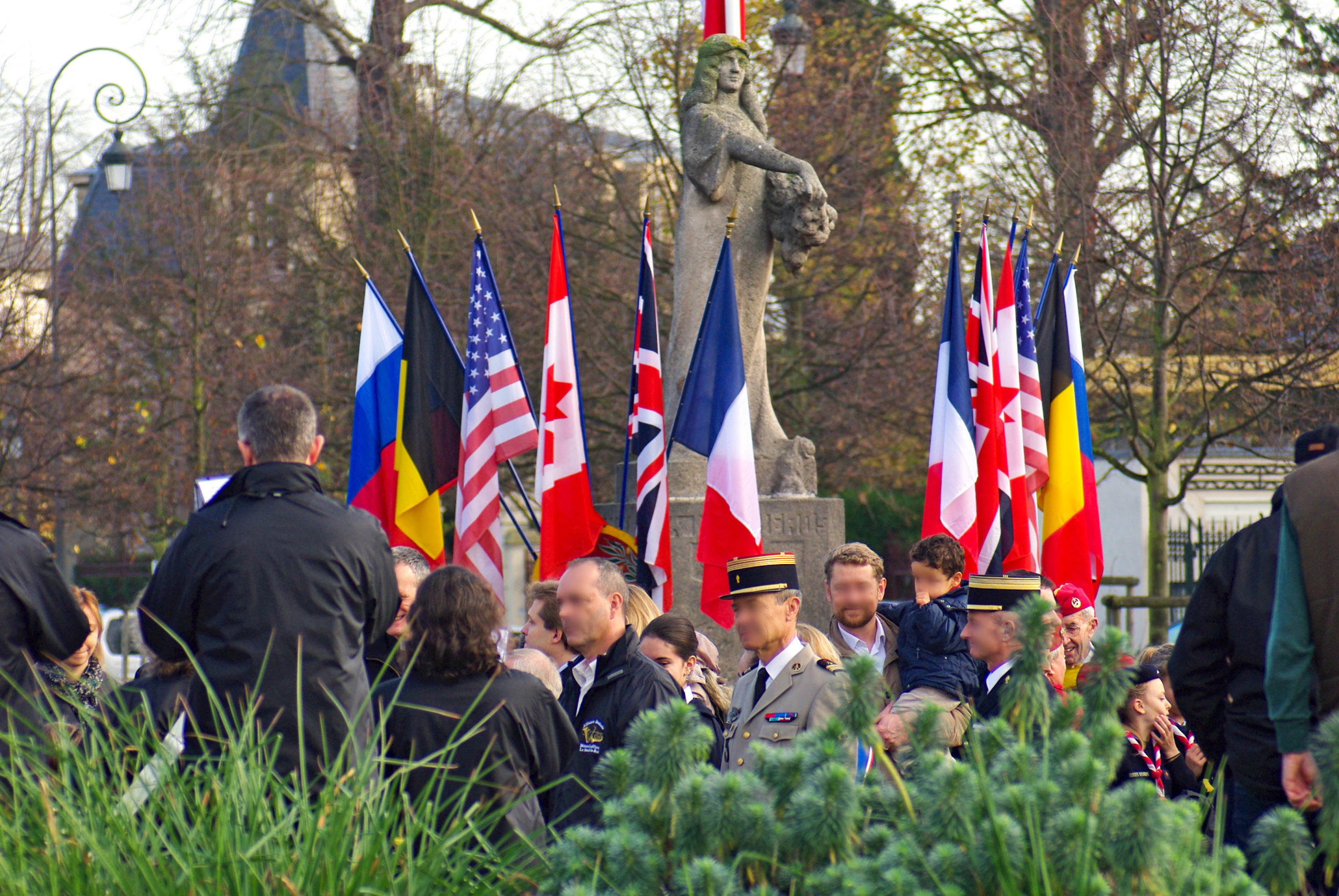
WWI in Paris
On that day in Paris, the President of the French Republic attends a ceremony at the Arc de Triomphe.
Under the arch, he traditionally lays a wreath on the Tomb of the Unknown Soldier (Soldat Inconnu) at 11 a.m. before the observance of two consecutive minutes of silence.
The first minute is dedicated to the soldiers and civilians who died during the conflict, and the second to those left behind: widows, orphans, wounded…
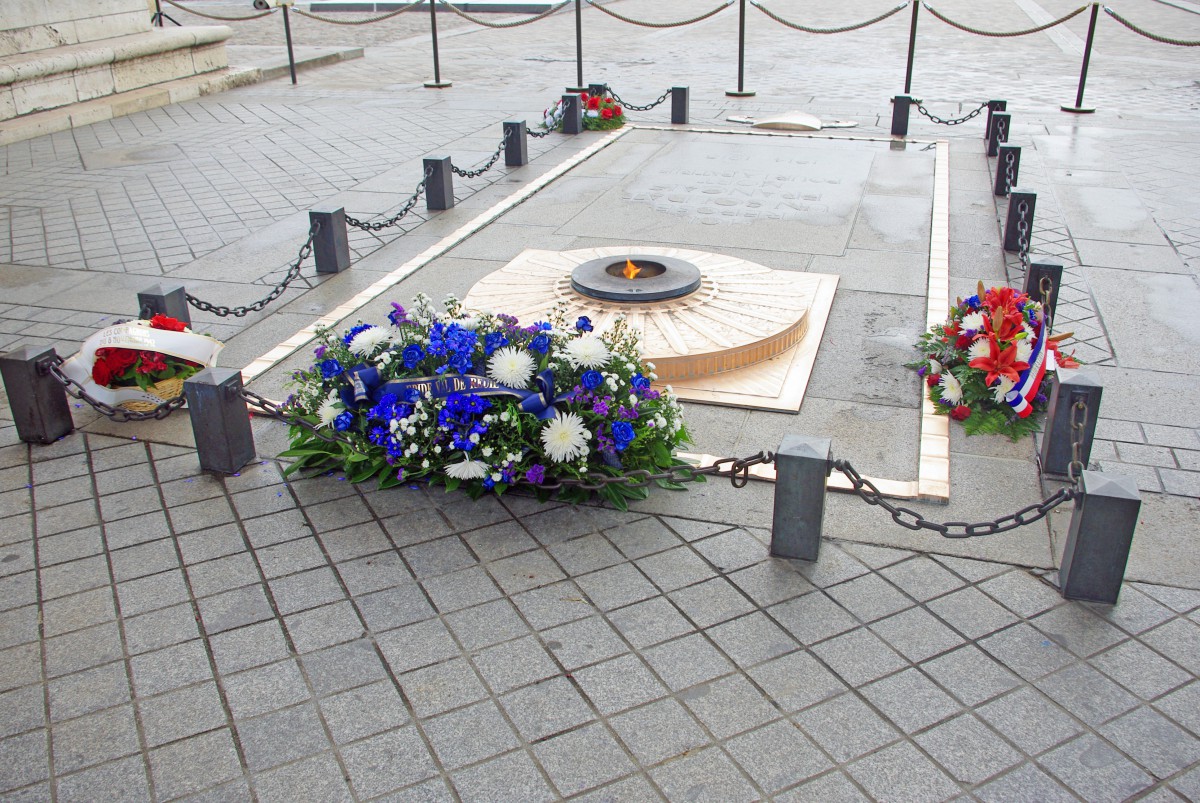
The eternal Flame of Remembrance placed on the grave echoes that of the Vestal Virgins in Rome, which was extinguished in 394 by Barbarian raids.
It remembers the soldiers killed in the war who were never identified.
Since 1923, war veterans’ associations have rekindled the flame every evening at 6.30 pm.
The inscription on the grave reads:
“ici repose un soldat français mort pour la patrie 1914–1918″
(“Here lies a soldier who died for his country 1914-1918″)
The symbolic of the blue cornflower (Bleuet de France)
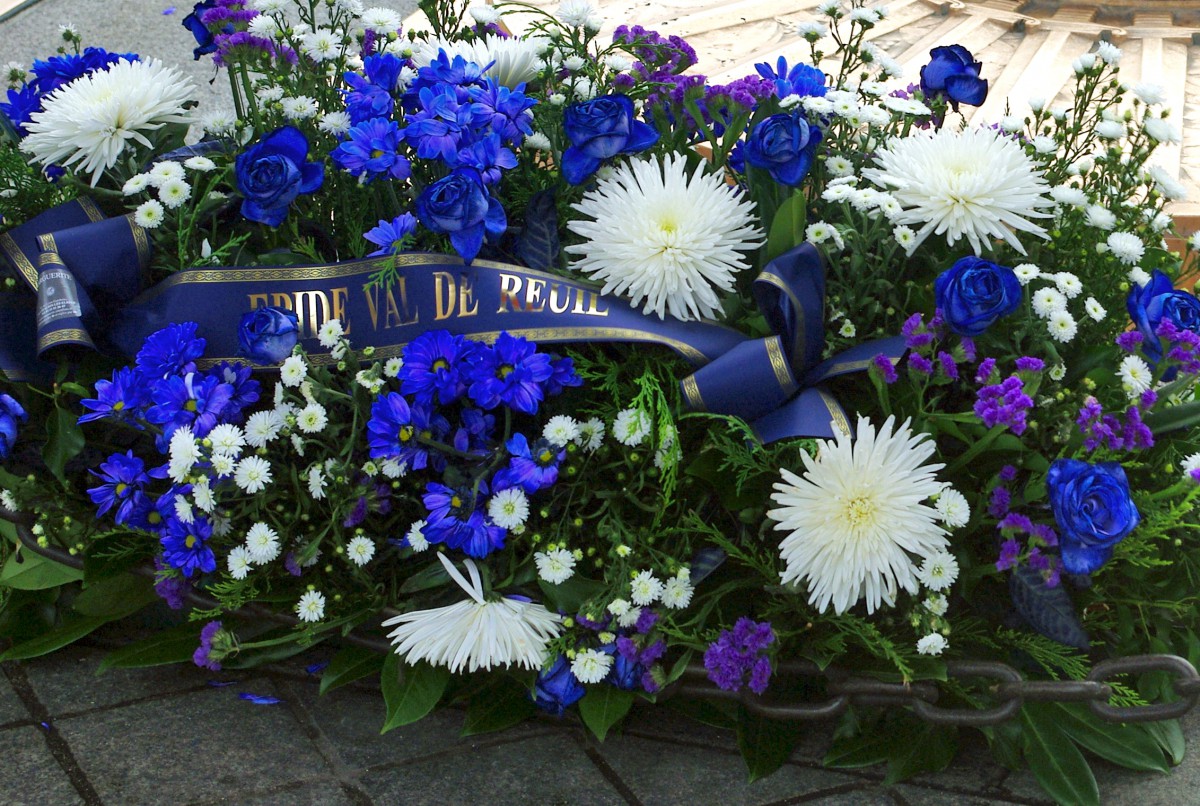
In France, the blue cornflower (Bleuet de France) is associated with memory and solidarity rather than the red poppy worn in the Commonwealth.
The Bleuet de France remembers veterans, victims of war, widows and orphans.
The blue cornflower means delicacy and refinement in the language of flowers.
Like red poppies, blue cornflowers continued to grow in the devastated lands of the Western Front and were often the only touch of colour visible amidst the mud of the trenches.
The Bleuet also referred to the Poilus (French WWI veterans) of Class 15 who were born in 1895 and fought in the battlefields of Chemin des Dames.
The nickname comes from the deep blue colour of their brand-new uniforms.
Did you like reading this article? If so, please share it on Facebook or Twitter!
Read it in French!
- Read more about the Douaumont Ossuary and Cemetery in Verdun, Lorraine [in English]
- Learn about World War I Armistice Day in Alsace on our French blog!
- For Remembrance Day in England, I have published an article in French here…
Pin for later
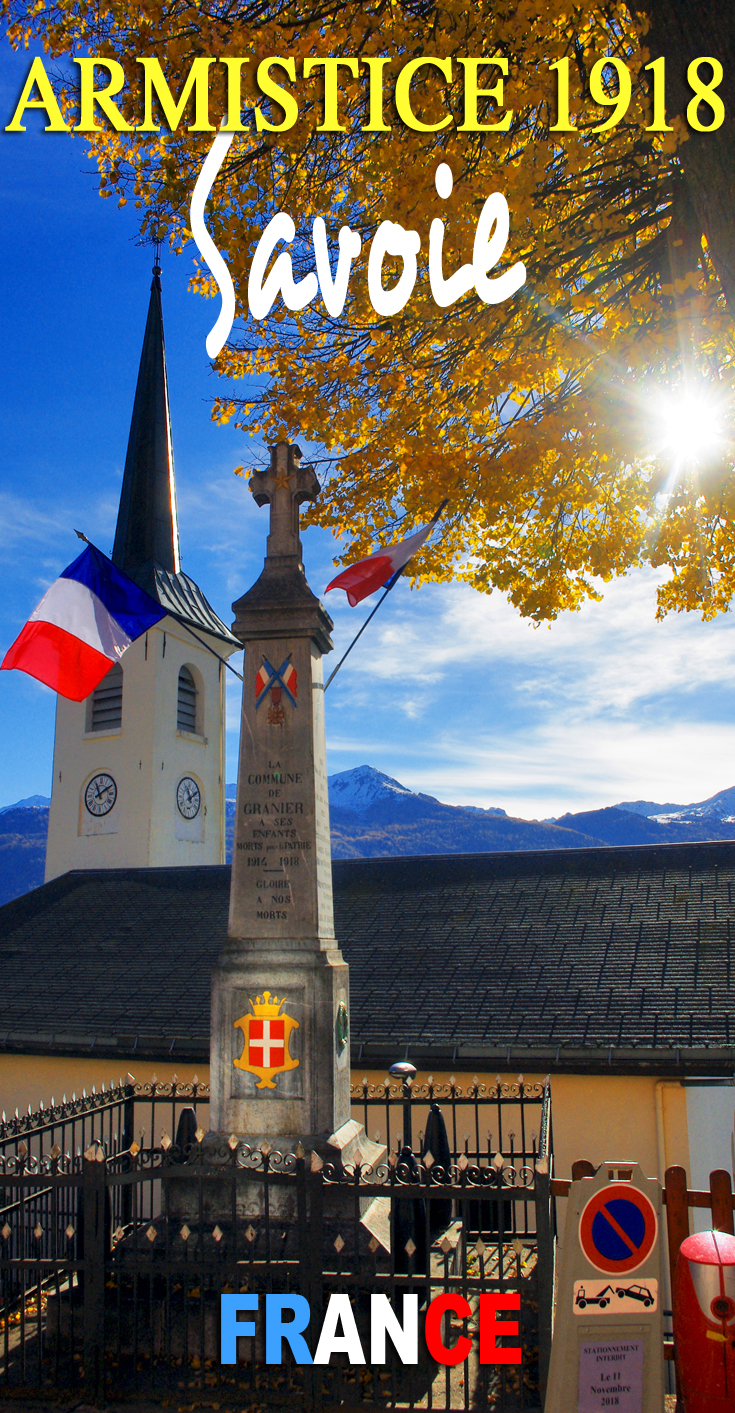



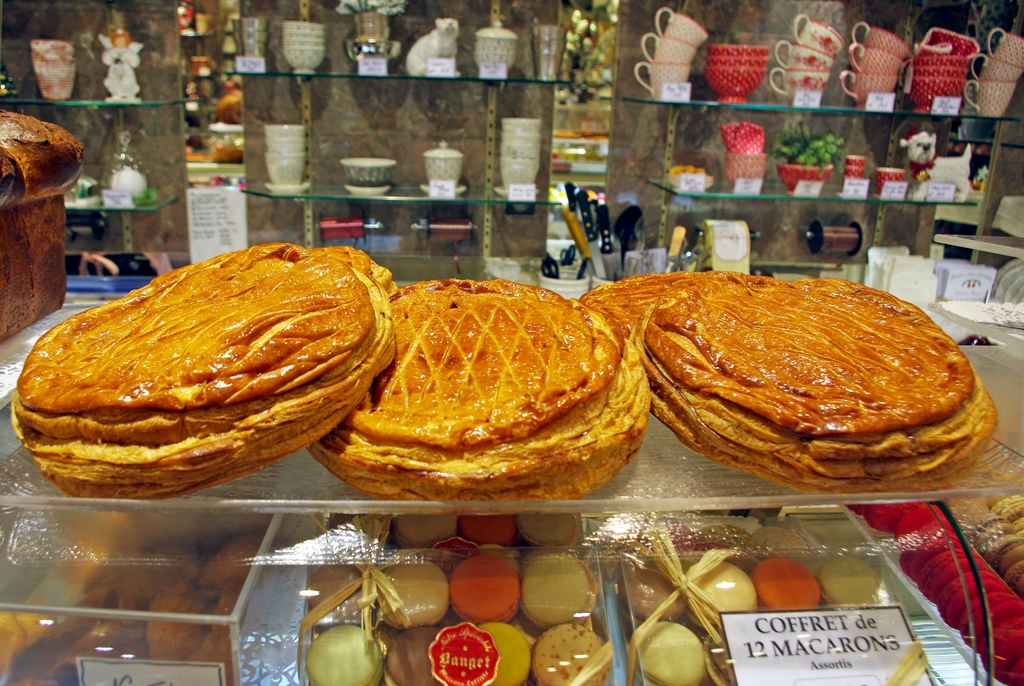







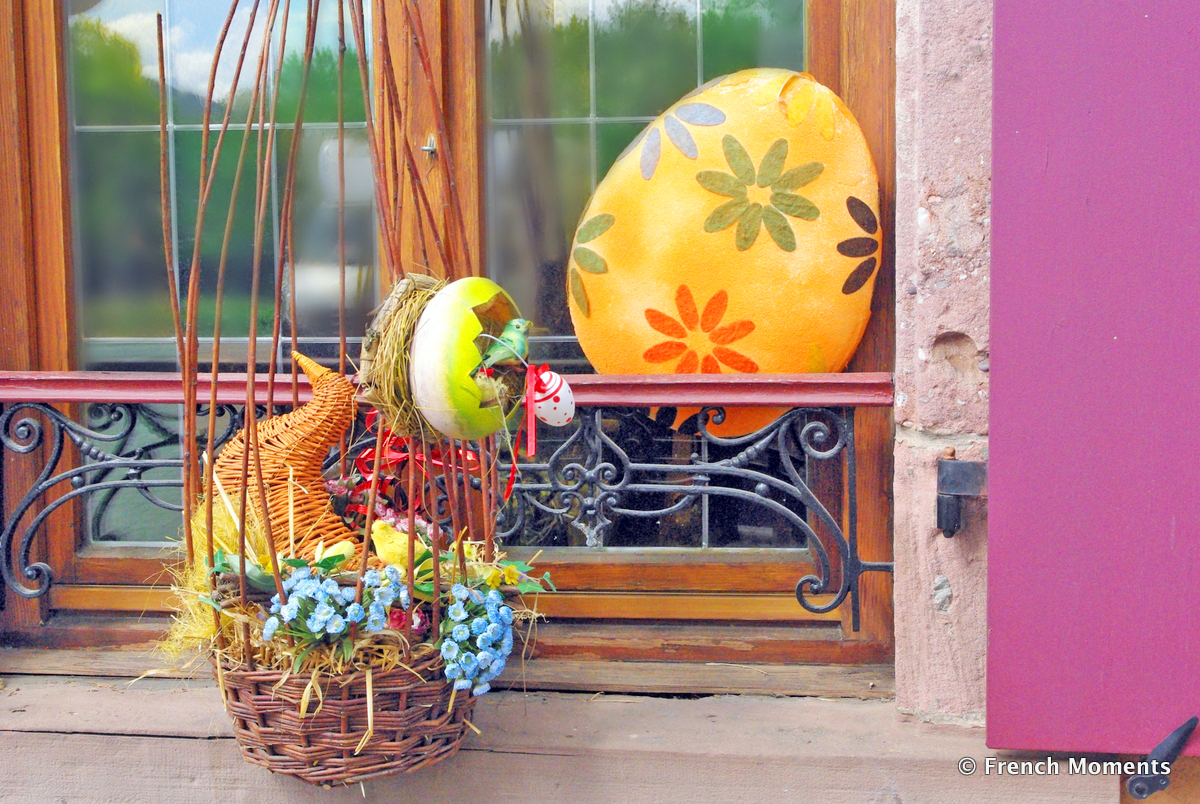



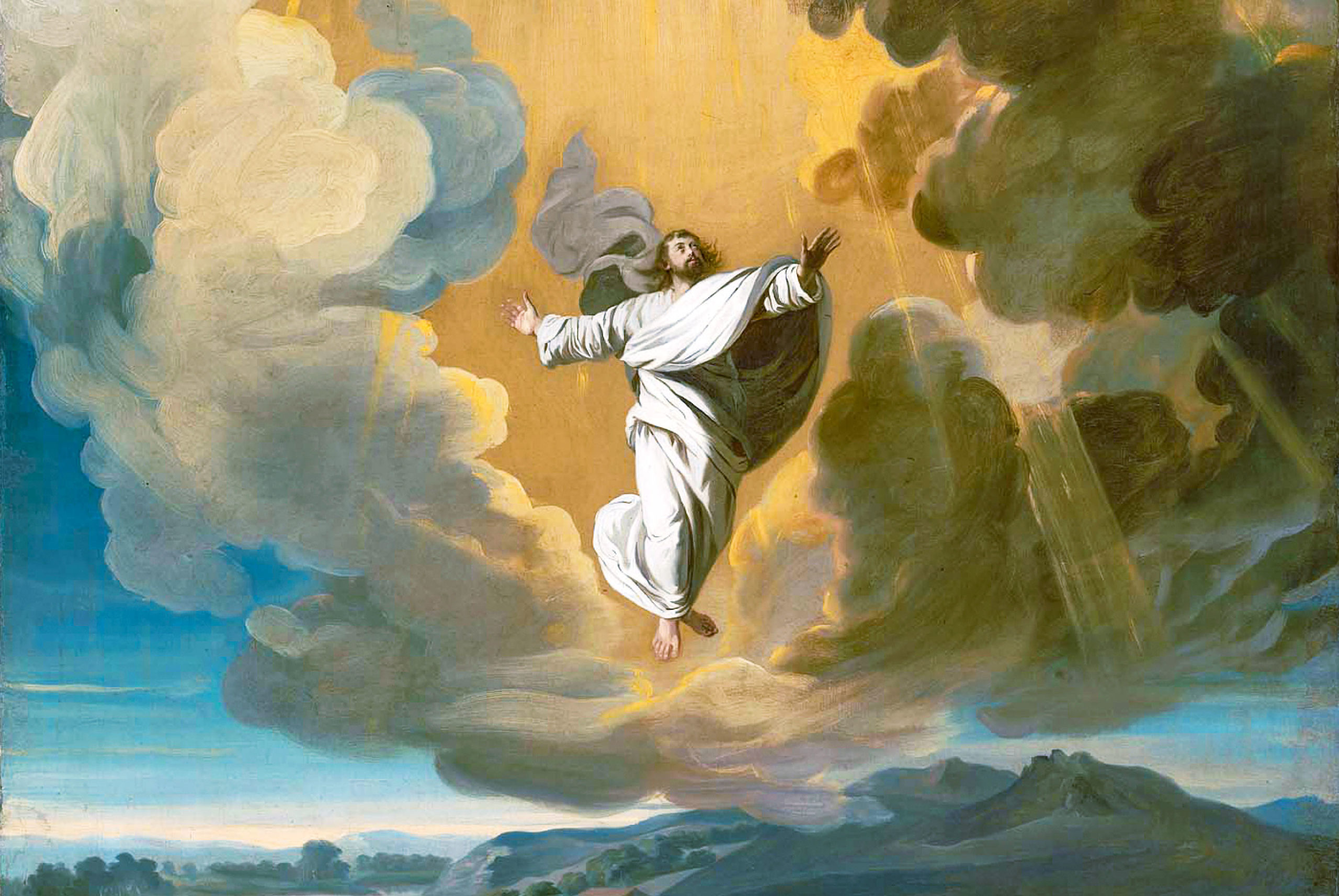



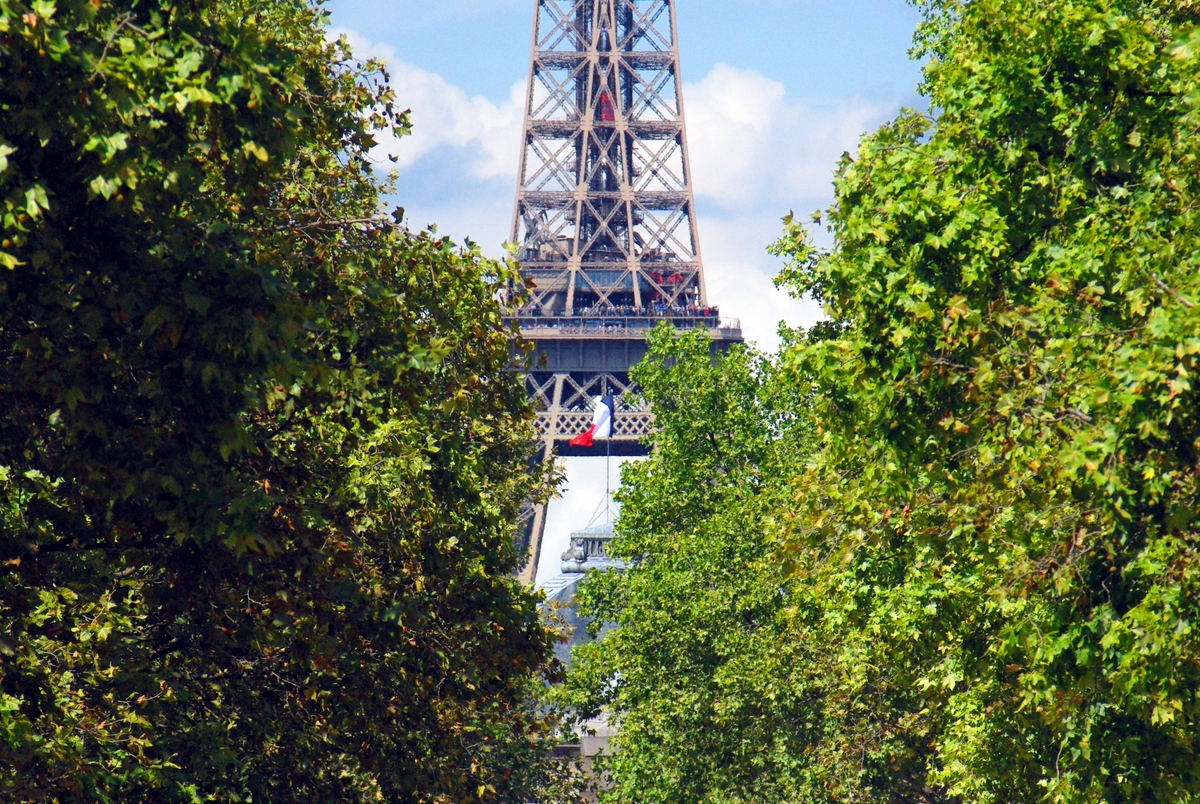
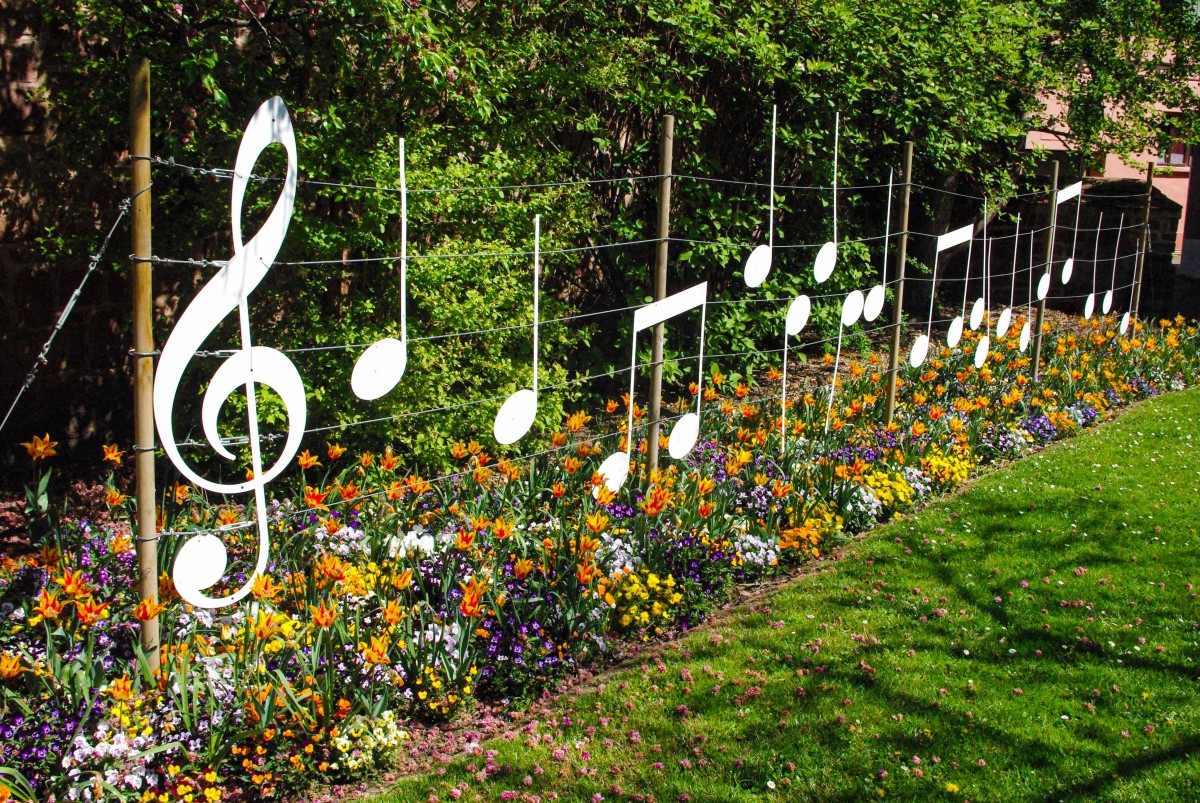

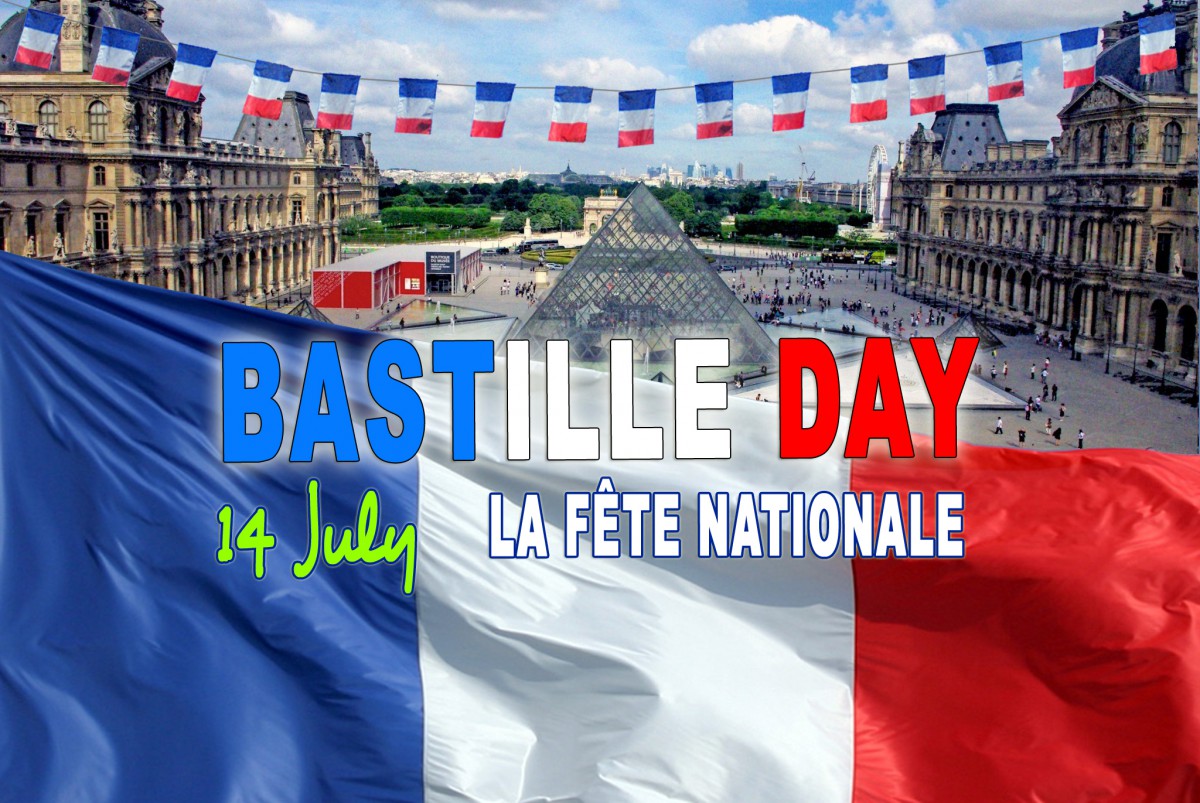

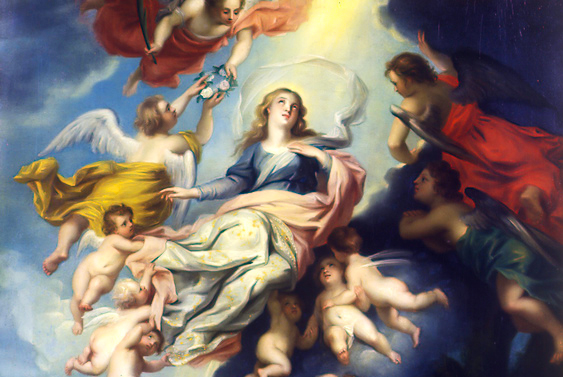

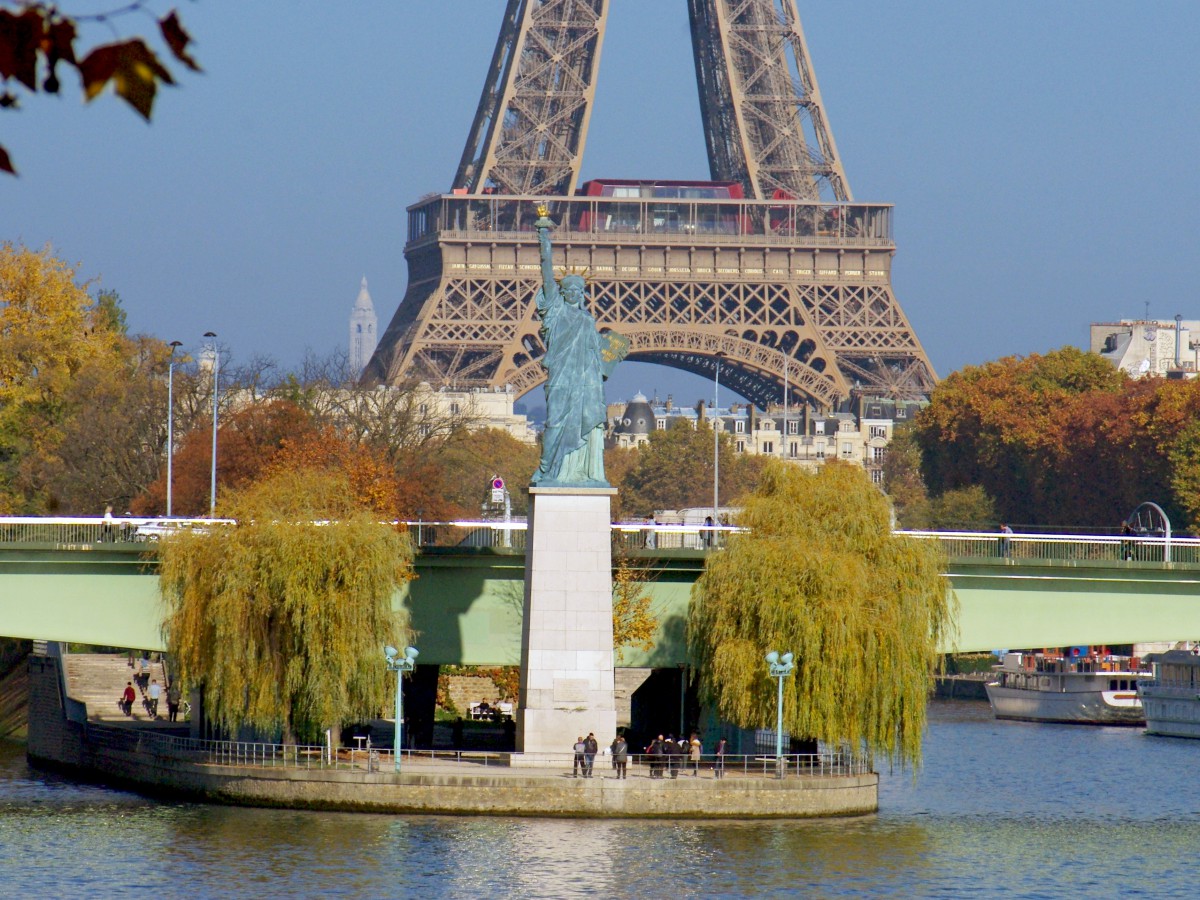
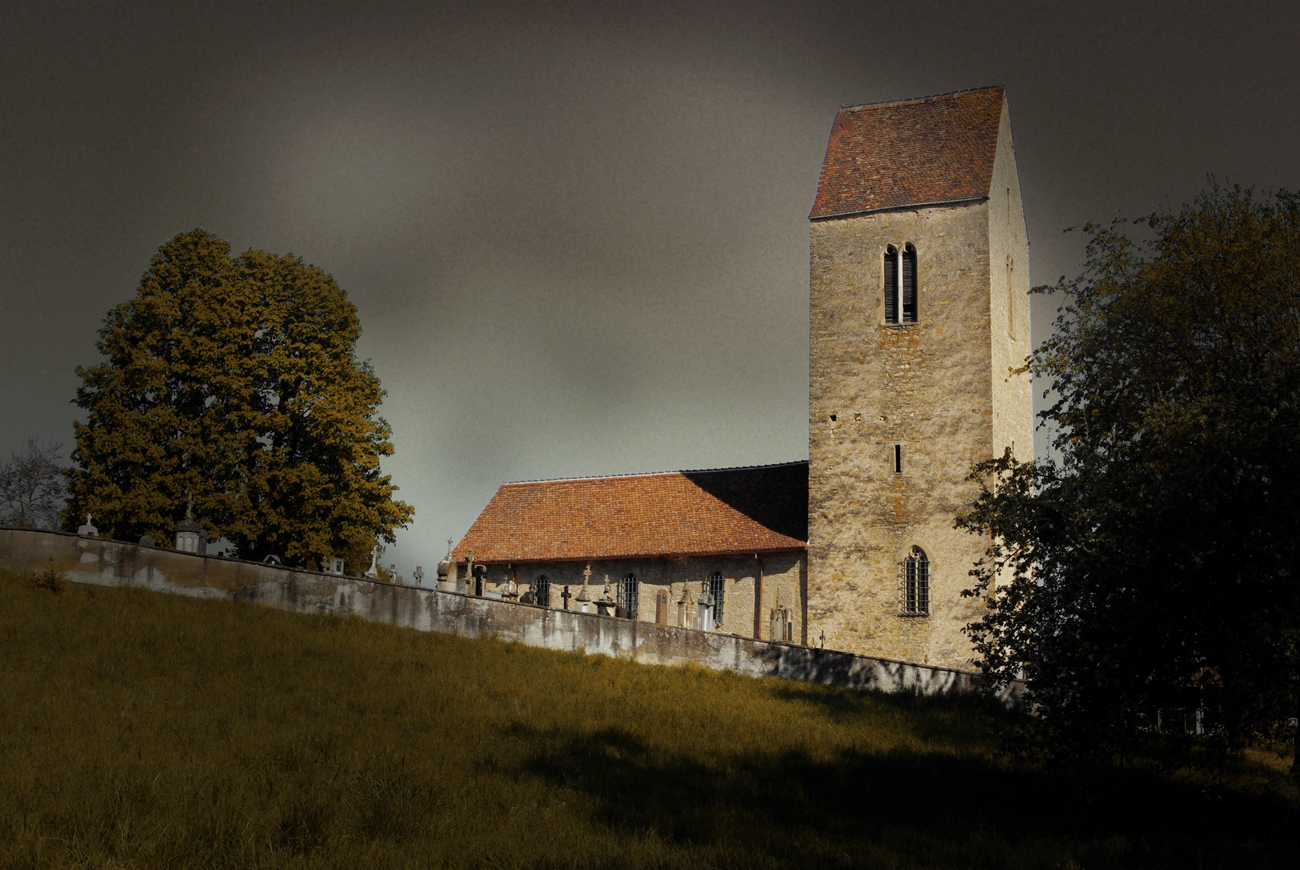
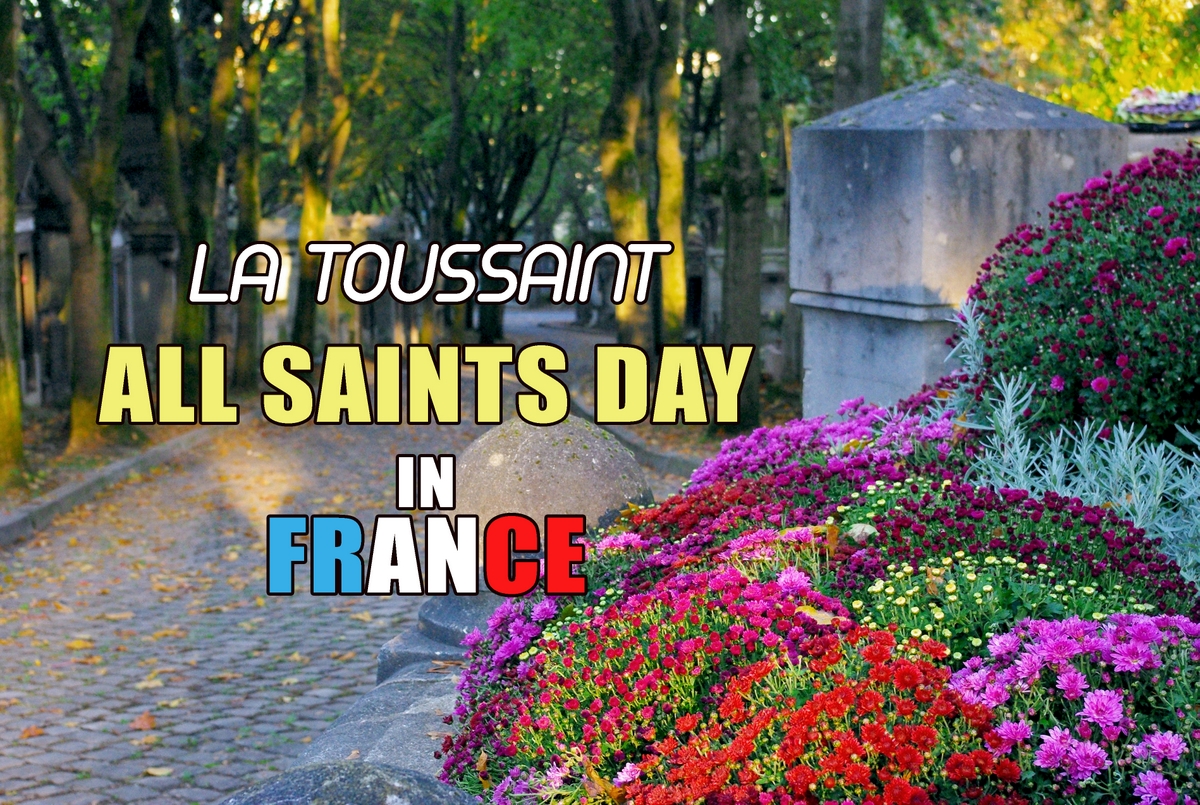


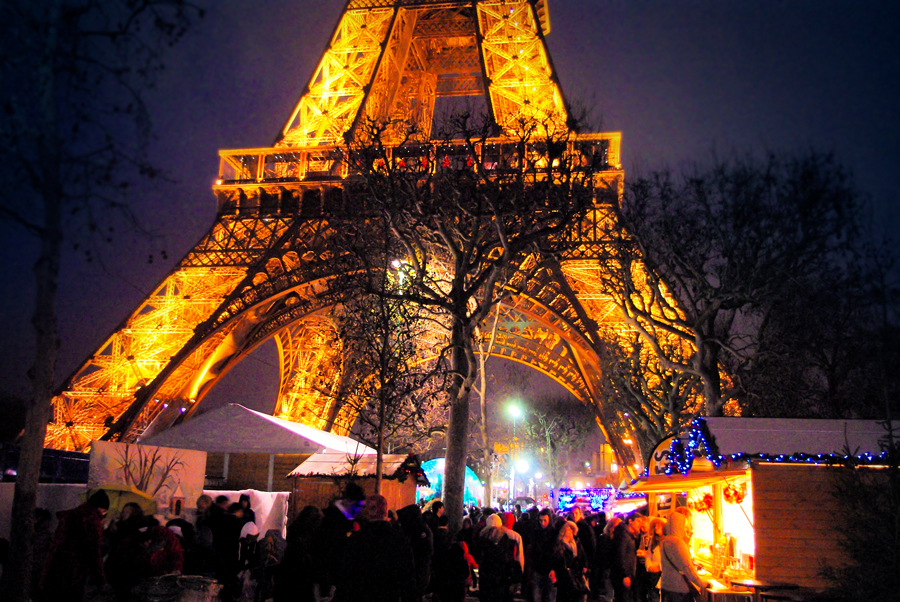



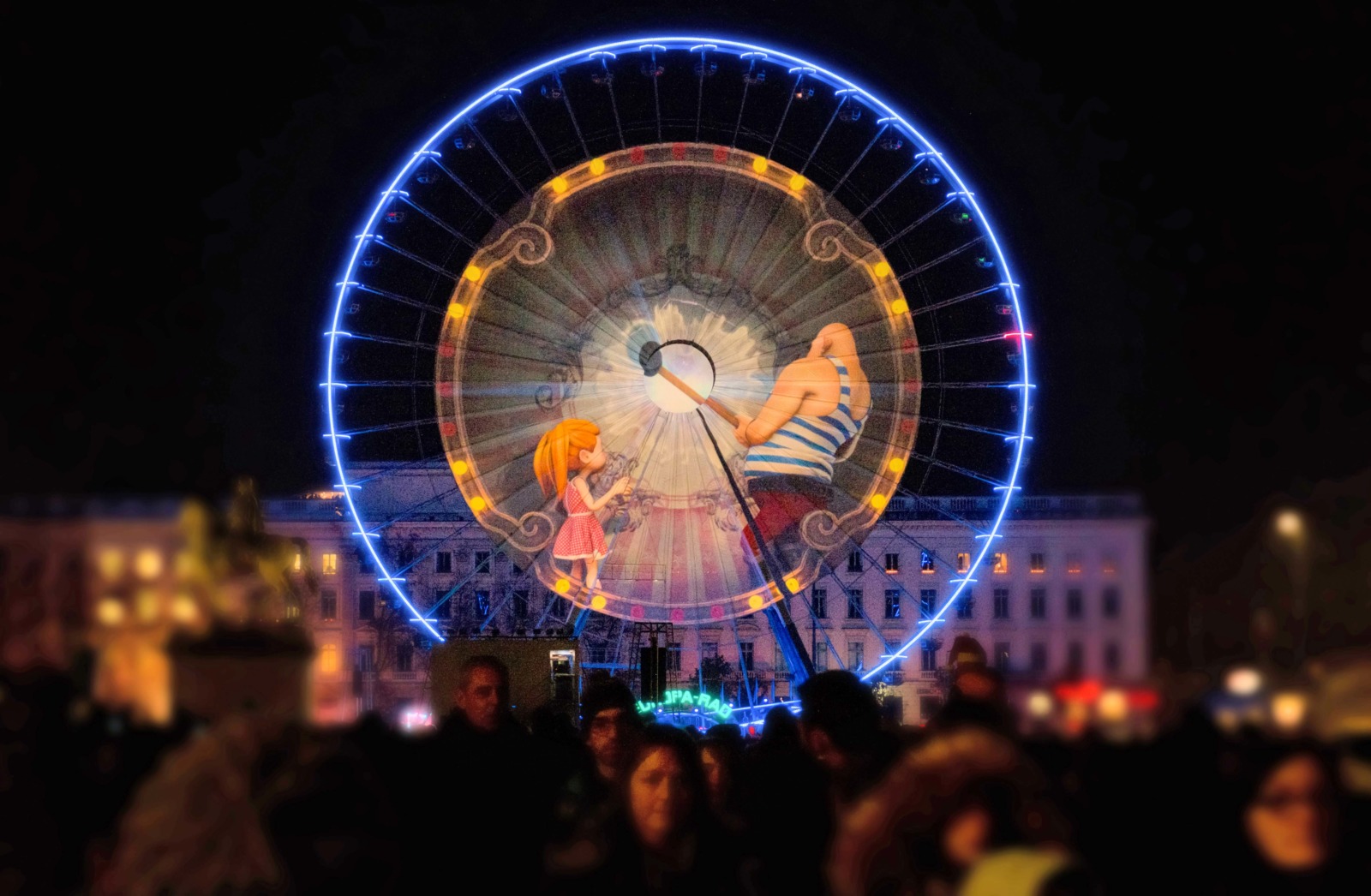

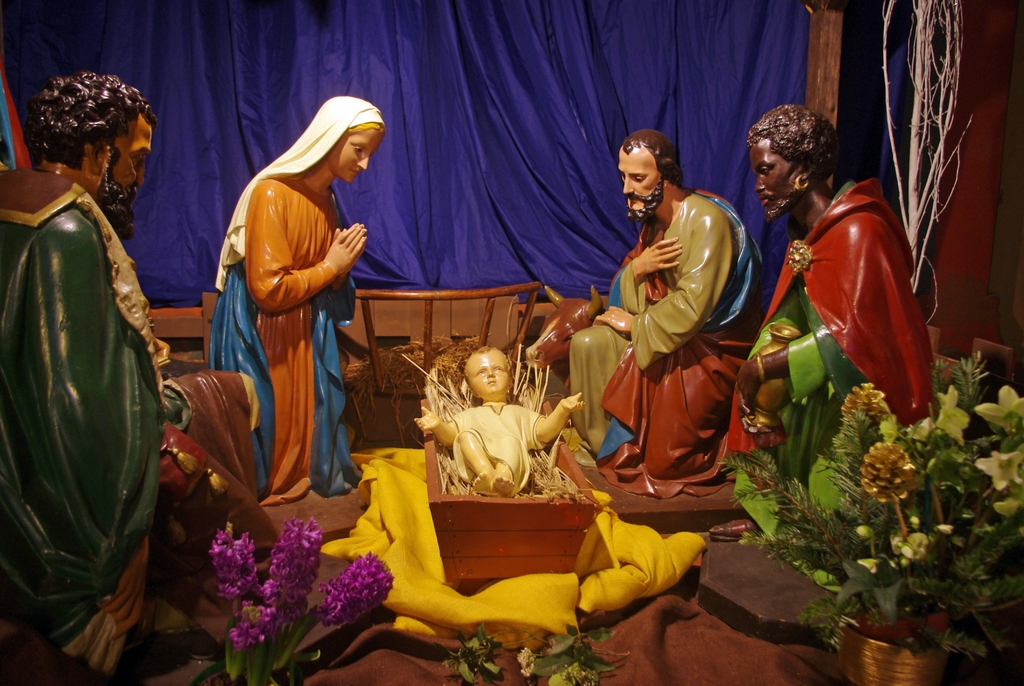


Bonjour Pierre,
always enjoy your newsletter and articles. We were lucky enough to visit France for the first time earlier this, but only for a week. Lille, Lyon and Paris. Your guides were wonderfully helpful. Can’t wait to return and spend so much more time in your wonderful nation,
All the best
Grant and Maureen
Thank you Grant and Maureen for your kind comment! There’s so many beautiful things to see in France and I hope you’ll be able to come back soon for more discoveries! 🙂
I love your articles about France. I share many of them with an American friend who attended university in Paris. I have traveled around France by car many times and hope to revisit in the Strasbourg area beginning of June before we drive into northern Italy to visit friends and family.
Regards
Cecelia
Thank you Cecelia, always a pleasure!
Merci Pierre.
It is very interesting reading about the Armistice for WW1 and the war monuments in France. The information about the Bleuet de France and its symbolism, as well as the significance of the 2 minutes of silence are helpful for my FSL students.
As Canadians, it was very important for us to visit the Vimy Ridge Monument when we visited France in 2018. It was amazing to us that France had donated a significant portion of land (290 acres) to Canada for the memorial of Canadian soldiers lost in the war. Additionally, we were able to visit a few of the landing beaches of WW2.
Joanne
Merci beaucoup Joanne. I’ve been thinking of publishing an article on Vimy, I hope I’ll have the time by next year.